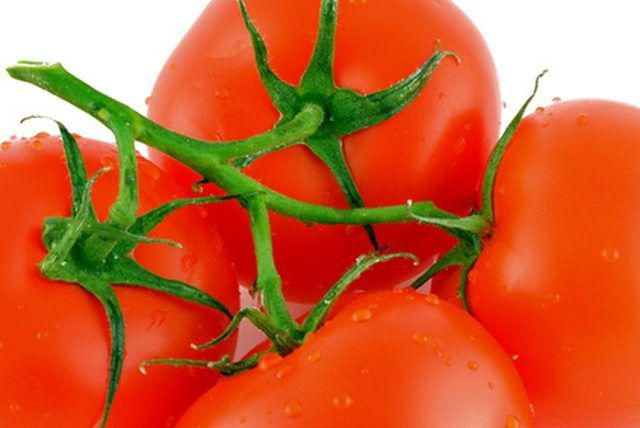Bulbs
Flower Basics
Flower Beds & Specialty Gardens
Flower Garden
Garden Furniture
Garden Gnomes
Garden Seeds
Garden Sheds
Garden Statues
Garden Tools & Supplies
Gardening Basics
Green & Organic
Groundcovers & Vines
Growing Annuals
Growing Basil
Growing Beans
Growing Berries
Growing Blueberries
Growing Cactus
Growing Corn
Growing Cotton
Growing Edibles
Growing Flowers
Growing Garlic
Growing Grapes
Growing Grass
Growing Herbs
Growing Jasmine
Growing Mint
Growing Mushrooms
Orchids
Growing Peanuts
Growing Perennials
Growing Plants
Growing Rosemary
Growing Roses
Growing Strawberries
Growing Sunflowers
Growing Thyme
Growing Tomatoes
Growing Tulips
Growing Vegetables
Herb Basics
Herb Garden
Indoor Growing
Landscaping Basics
Landscaping Patios
Landscaping Plants
Landscaping Shrubs
Landscaping Trees
Landscaping Walks & Pathways
Lawn Basics
Lawn Maintenance
Lawn Mowers
Lawn Ornaments
Lawn Planting
Lawn Tools
Outdoor Growing
Overall Landscape Planning
Pests, Weeds & Problems
Plant Basics
Rock Garden
Rose Garden
Shrubs
Soil
Specialty Gardens
Trees
Vegetable Garden
Yard Maintenance
Tomato Plants & Epsom Salt
Tomato Plants & Epsom Salt. Epsom salt consists simply of magnesium sulfate. It is often used to ease the pain of sore or tired feet in a foot bath, but it can also be used in the garden to enhance performance of fruit. It is reported to improve the growth of tomatoes and stop blossom end rot that can totally rot a tomato.

Epsom salt consists simply of magnesium sulfate. It is often used to ease the pain of sore or tired feet in a foot bath, but it can also be used in the garden to enhance performance of fruit. It is reported to improve the growth of tomatoes and stop blossom end rot that can totally rot a tomato.
Magnesium
Epsom salt provides a good source of magnesium. Magnesium aids in chlorophyll production in plants. It is important because it enhances photosynthesis, or the manner in which plants breathe. They breathe in carbon dioxide and put out oxygen. Magnesium is usually found in the soil and is often included in many fertilizers.
Sulfur
Sulfur is a component in Epsom salt. Sulfur gives plants protein and other enzymes necessary for them to grow strong. Roots grow better with the benefit of sulfur and it helps plants endure colder temperatures. Sulfur is naturally delivered to plants through rain, but often they need a little boost.
Magnesium Deficiency
Yellowing leaves starting at the bottom and progressing to the top are one sign of a magnesium deficiency. Blossom end rot is also a sign. This is when the tomato blossom causes a large black spot on the very bottom of the fruit that gets bigger and bigger as the tomato grows. Eventually it will rot all the way through the tomato, rendering it useless.
How to Use
Place a few granules of Epsom salt in the hole before planting the tomato plant. Once blossoms appear on the plant, sprinkle 1 tbsp. Epsom salt per foot of plant height around the base of the stem. Scratch it into the soil and water well. A plant 2 feet high should be treated with 2 tbsp. Epsom salt, while a plant less than 12 inches high will do with 1 tbsp. Apply every other week.
Other Uses
Dissolve 1 tbsp. Epsom salt in 1 gallon of water. Place some in a spray bottle and use this to spray on the fruit and foliage. This will keep the foliage green and also increase the thickness of the walls of the fruit, making for a delicious tomato. There is no real scientific evidence that Epsom salt works on tomatoes, but many gardeners have been using the substance with both tomatoes and peppers for years with great success.